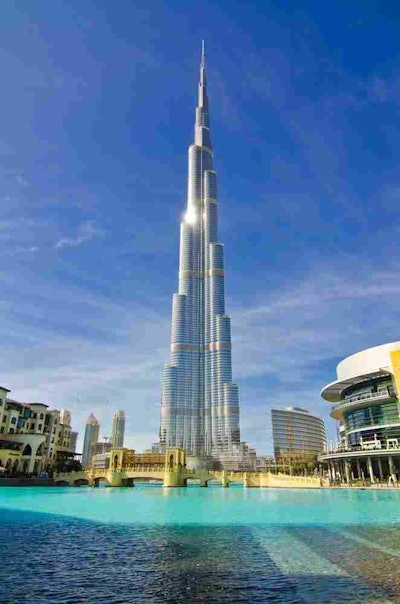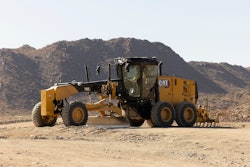 The Burj Khalifa, the world’s tallest tower, in Dubai, United Arab Emirates. Credit: Rahhal / Shutterstock.com
The Burj Khalifa, the world’s tallest tower, in Dubai, United Arab Emirates. Credit: Rahhal / Shutterstock.comThe Atlantic Cities has posted an immensely interesting article on whether or not the constant desire within human beings to build the tallest building possible will ever reach a point where it can do no more.
These days it seems like there’s a new contender for “world’s tallest building” every time you turn around. In the past 10 years, three buildings have snatched the title and there are two more ready to do so in the next few. The Burj Khalifa is the current leader at 2,717 feet high, but a modular Chinese complex known as Sky City to be built in an astounding 90 days is planned to reach 2,750.
But the Kingdom Tower in Jeddah, Saudi Arabia will blow right past both of those if it hits its planned height of 1 kilometer or 3,280 feet. Kingdom Tower is planned for 2018.
The question this race inspires is whether or not we’ll ever reach a point where we can’t build any higher. And while logic tells us “probably,” apparently architects and structural engineers aren’t convinced that’s the case.
The Atlantic talked with William Baker, the who worked to design the system that allows the Burj Khalifa to stand so tall. Baker says by using the “buttressed core,” a structural design accurately described in the article as a “three-winged spear,” a structure twice the size of the Burj Khalifa could be built.
At 5,434 feet, that building would stand more than a mile tall. The crazy thing is Baker says it’s possible to go one meter taller than the tallest mountain. That means we could build a skyscraper that is 29,032 feet tall. And theoretically? It could go even taller than that because a building is only 15 percent as heavy as a solid object.
To achieve that height, to actually build that skyscraper however would take quite a bit of engineering genius and, quite frankly, a lot of new technologies that haven’t yet been developed. And it likely wouldn’t look like the slender, gleaming spires we’re used to.
To achieve that kind of height you need a really broad base to supoort the weight, much like the way a mountain has a really broad base and tapers as it rises.
Be sure to read the full article over at The Atlantic Cities by clicking here.







